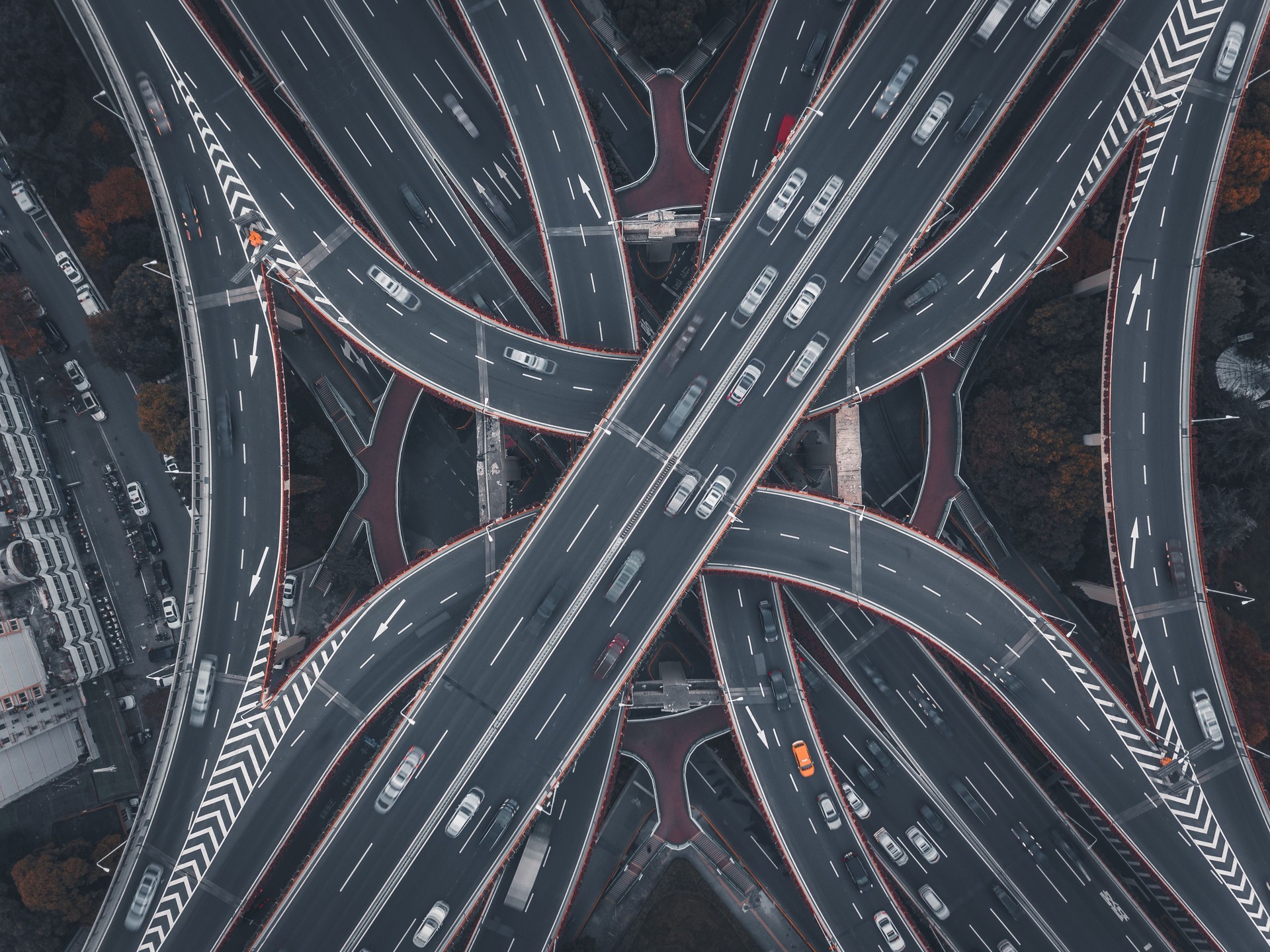
Connected mobility solutions for safer cities

Mobility in the cities of the future will be witness to major advancements. Electrification and automated vehicles (AV) are poised to reduce crashes, improve efficiency and lower the impact of transportation on the environment, with connected digital ecosystems set to play a key role. While there has not yet been a city where automation technologies have been fully deployed, there have been some impactful deployment examples, and more are expected in the coming years.
Texas, for example, has seen a proliferation of automated vehicles, specifically automated trucks. Due to supportive local and state- wide policy support, Texas — and especially the Dallas region — is widely regarded as one of the best areas in the U.S. for automation deployment and an example for the rest of the nation for AV deployment.
Other states such as Maryland, are considering how to integrate all their different state agencies to optimize opportunities for CV/AV deployments. While different states and cities have different approaches, most are moving toward improvements for roads using connected and automated vehicles.
AECOM is supporting Texas’ deployment of automated vehicles to improve safety, mobility, efficiency and to reduce the environmental impacts of transportation. Besides the physical design, we are deploying our digital av-Readi™ tool to help AV OEMs, infrastructure owners and operators decide on which routes are the most appropriate for moving goods and people.
A future digital ecosystem could significantly support connected, secure and intelligent vehicle communication using vehicle-to- everything (V2X) protocols, such as vehicle-to-vehicle (V2V), vehicle to people (V2P) and vehicle-to-infrastructure (V2I). This will result in better and safer management of city transport, and emission reduction.
In the digital ecosystem vision, a large network of internet- connected sensors will communicate with each other to contribute to the creation of a live data map of the urban environment. In this context, systems in cars will collect and share data on other vehicles, and road conditions. For example, cars will be Wi-Fi hotspots, forming a constantly moving network from which data can be shared with city systems.
The benefits of this vision are significant. The U.S. Department of Transportation estimates that connected vehicles can potentially reduce crashes by approximately 42 percent. However, for this to become a reality we need to see increased collaboration from the different stakeholders, connecting their respective work to the same common goal.